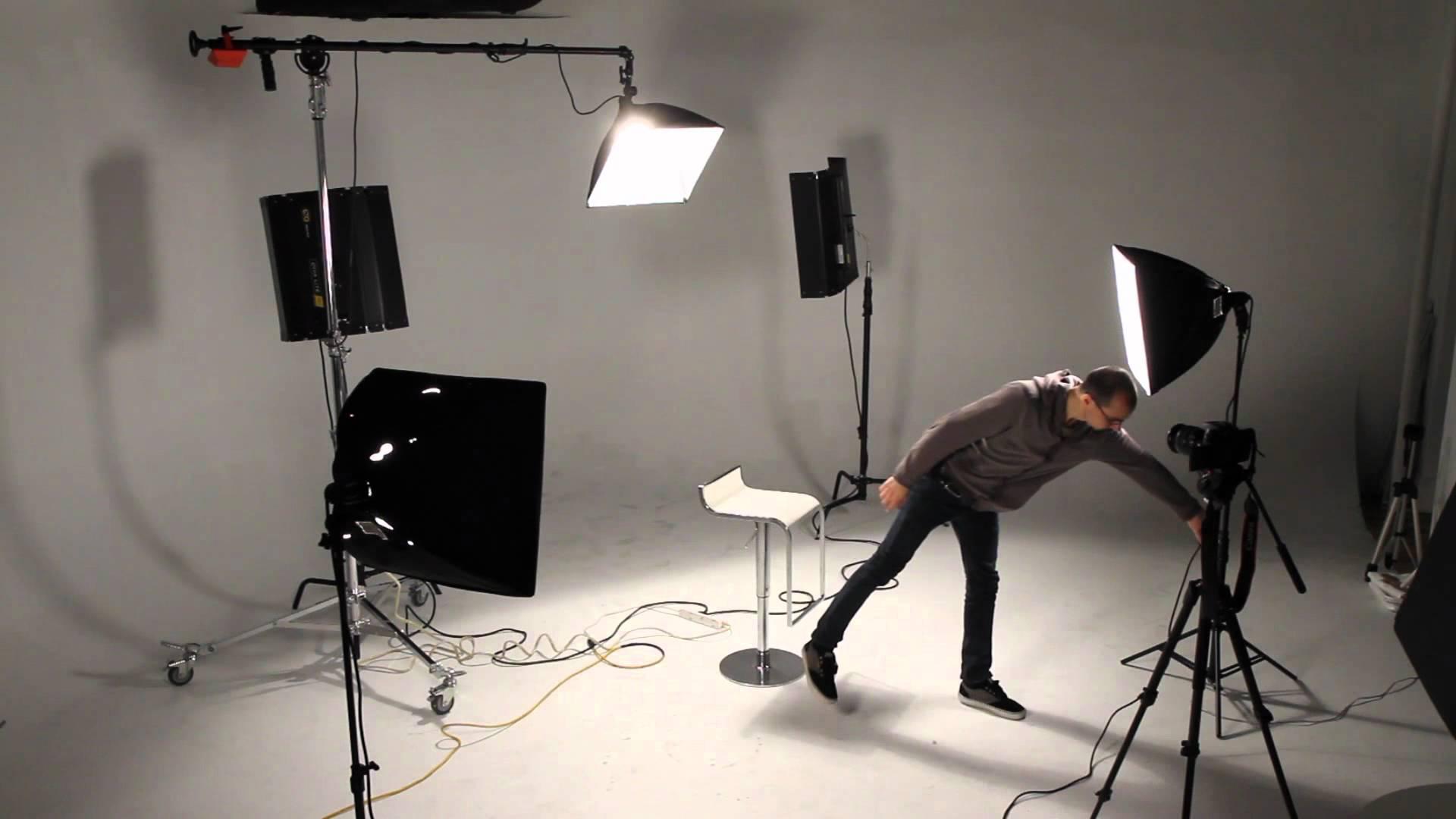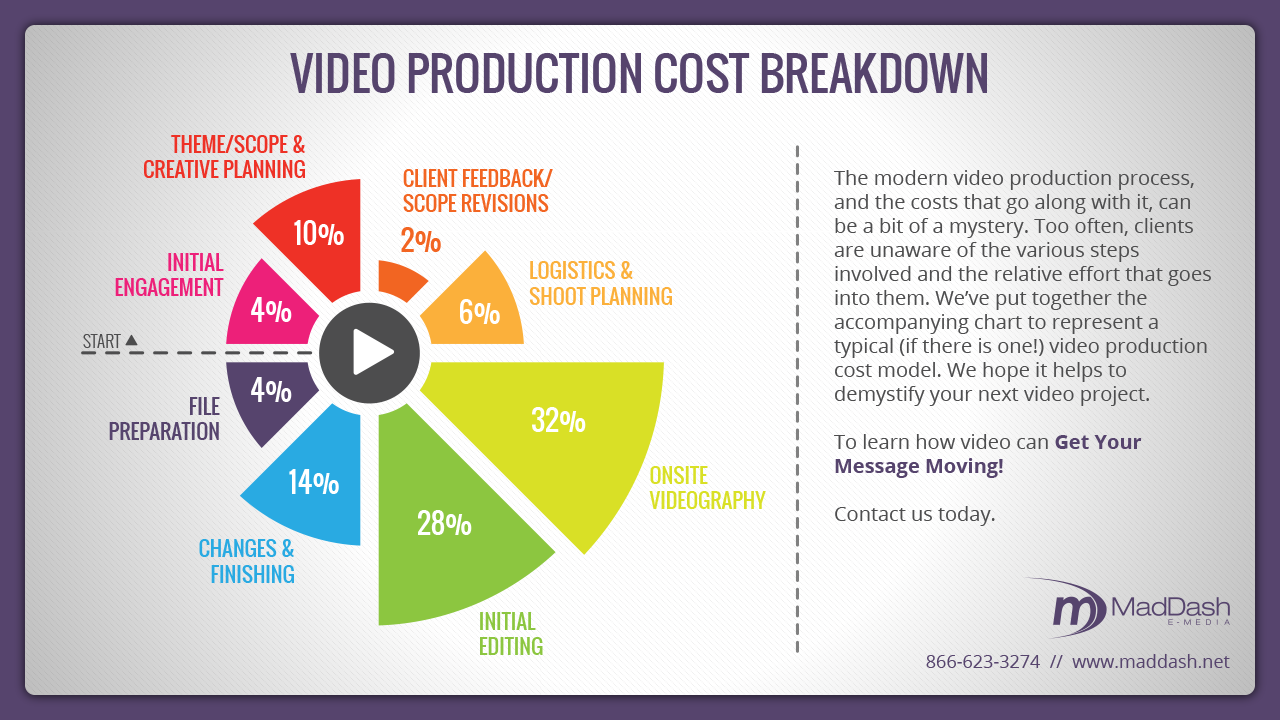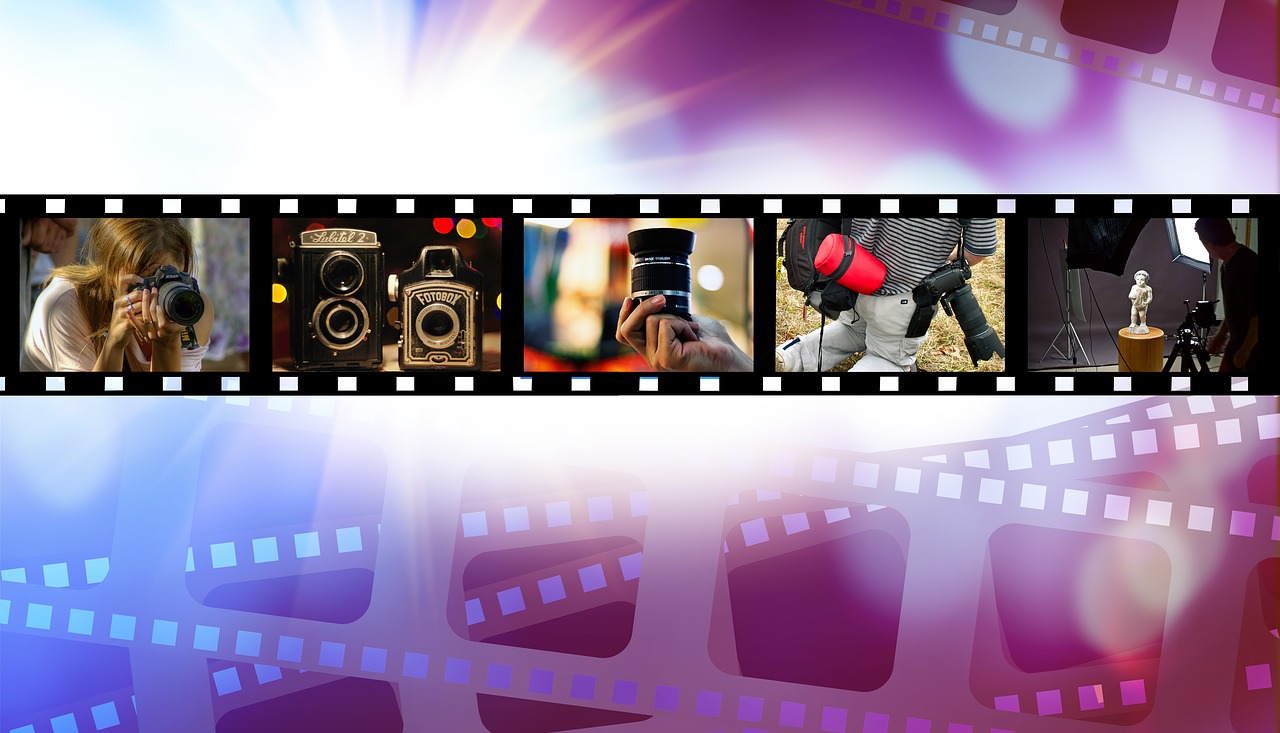In this day and age, we reside in a vast world of technology, and as Hollywood movies have already predicted, machines and gadgets are overtaking our lives, maybe for the better. Right from waking up in the morning till going to sleep at night, we stick to our smartphones, laptops, computers, televisions, and all kinds of techs to help us complete tasks easier and in a more efficient way. I think it is safe to say that our whole world would come to a standstill if no technology existed at all, even for just a day.
Talking about technology, a major milestone in the human race is the emerging significance of videos. I’m not talking about the grumpy cat videos or the oh-so-funny GIFs (though they’re important too), but the daily day-to-day videos that you come across, be it on the internet or on any visual device. Videos are extremely important are used as business and marketing tools for almost every other company, to help their consumers know what they have to offer. This is the reason why video production has become one of the most important professions and works in the tech world today. In this blog, I’ll be telling you about the importance of the three-point lighting system in a video production.
What is Video Production?
So, what is this video production? Well, the videos that you watch on YouTube, Facebook, Instagram, any other visual platform, and even the funniest of GIFs, have a strict procedure that goes behind them to creates them. That procedure is known as video production.
So, video production is the whole procedure that goes behind creating any video. Whether it is a business marketing video, a full-length movie, a short documentary, a television commercial, an advertisement, a music video, or any other type of video, the process of video production may differentiate a little for each of them with the specifics, but the entire process still remains the same. The fundamental process of video production can be broken down into three stages: –
Pre-production
Post-production
The three stages of video production consist of all the aspects that form a video production, from the very moment an idea forms in your head for the video per se, to the moment when your video or film is released to be viewed by the audience or the public. Let’s deconstruct the three stages of video production to understand this significant procedure better.
Pre-Production
This is the initial stage of the video production, where all the planning takes place. During this phase there is no recording, only preparation about the video and whatever it will include. It is during this phase that an idea for the video is formed, the script is constructed and written, the cast for the production is selected, and the audio and video crew members are selected as well.
For the recording procedure, everything is organized during this stage. The locations for the scenes are selected, the script for the video is edited, revised if necessary, and an outline of the whole recording procedure is designed.
Production
Once all the crew and cast have been selected and the script is edited and approved, the real production process begins. All the cast and crew members travel to the location for each scene, and each scene is shot until a satisfactory one comes up. Once a scene is shot, everyone then moves ahead for the next scene, travel to its respective location if there is one, and the scene is shot. Like this, all the scenes are shot until the entire film or video has been done shooting.
Post-Production
This is the final stage that covers all the actions are executed after the actual shooting of the video is done. The post-production phase consists of merging all the scenes, syncing the video and audio, editing the video and audio, and adding various special effects as well.
Three Point Lighting System
Now that you know what a video production is, another thing that you need to know is that lighting plays a very important role in this procedure. A proper lighting can make the difference between your video being a poorly homemade one and a professionally shot one. It’s a basic thing; any kind of video with a poorly-lit environment will look like an amateur attempt to shoot a video. You don’t want that, do you?
The three-point lighting system is a lighting technique, that has become a standard method utilized in all kinds of visual media like a film, video, computer-generated imagery, and still photography. This is a simple yet versatile lighting system that forms the basis for most lighting systems. A proper lighting set-up for your video will enable you to make your video graduate from appearing like an amateur, homemade one to a clean and professional one. A good lighting can give a more dynamic and interesting image where your video’s subject can be seen with better dimension and where you can possess better control over the shadows.
The three-point lighting system is one of the oldest techniques in lighting, used for shooting videos, and usually consists of three lights (as if the name isn’t obvious enough) – the key light, the fill light, and the back-light.
Key Light
The primary light in the three-point lighting technique is the key light. This light is placed in the video to shine light directly at the video’s subject, so that whatever it is that you are filming, the subject will stay well illuminated in the shot. One thing you have to remember is that the key light should not be placed directly in front of your video’s subject or talent, but instead, it should be placed a little off to the side. It may seem that having just this light is enough, but if you are aiming for a well-lit video, you have to consider the other two lights as well.
Fill Light
The fill light, as the name indicates, helps to fill up the dark side of your video’s subject. Whenever you shoot a video, you will notice that your subject will have a brightly-lit side and a dark side. The fill light is used to fill up the latter. The fill light gives you the ability to control the overall vibe and feel of your shot, depending on how much you want to lighten or dim the fill light. A dimmer fill light will provide you with more of a film-noir, harsh type of a shadow, while a lightened fill light will give your video’s subject a more even look. You can always have a fill light in place for your video, even if you would like to have a shadowy look to your subject so that you can see a little detail on the subject’s darker side.
Back Light
The third light for this technique is the back light, also known as the rim light. A back light will put forth another element to the image of your subject and will act to push him her off from the video’s background, again adding one more dimension to your video. To do this, all you have to do is place a light behind the subject of your video, pointing towards the back of their neck and hide it enough to let it be out of the frame. Make sure your back light isn’t too bright or else you will not get the effect that you want.



